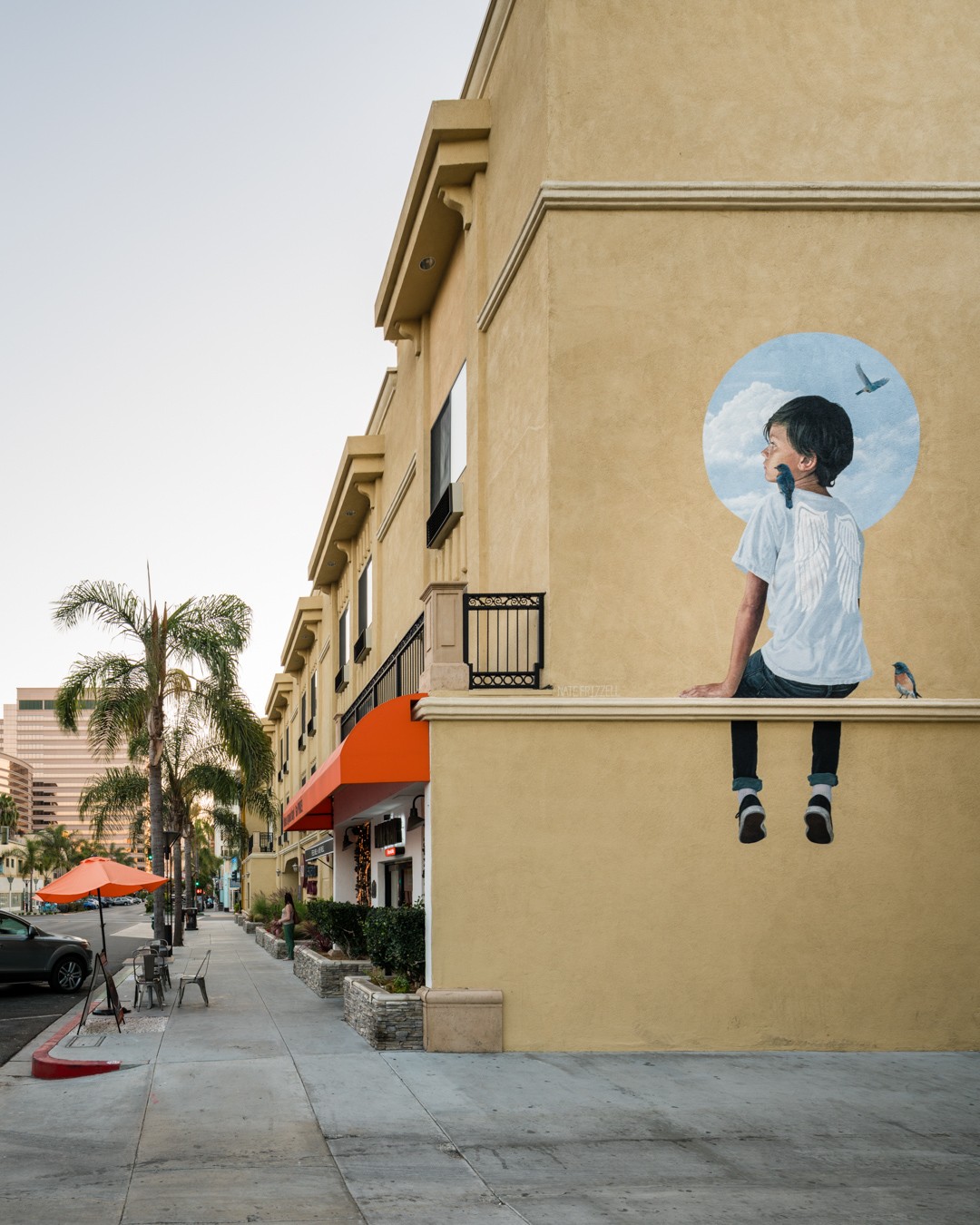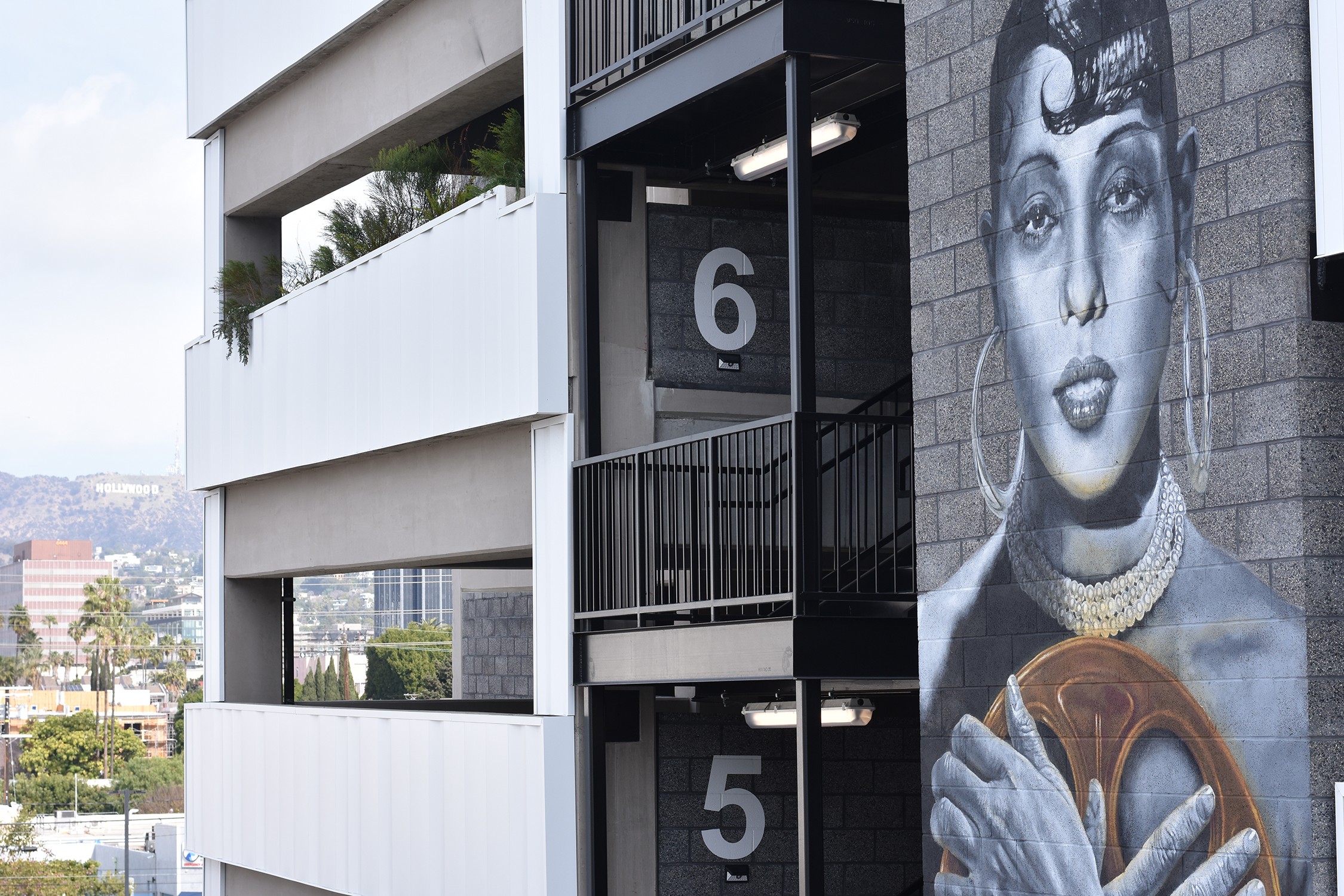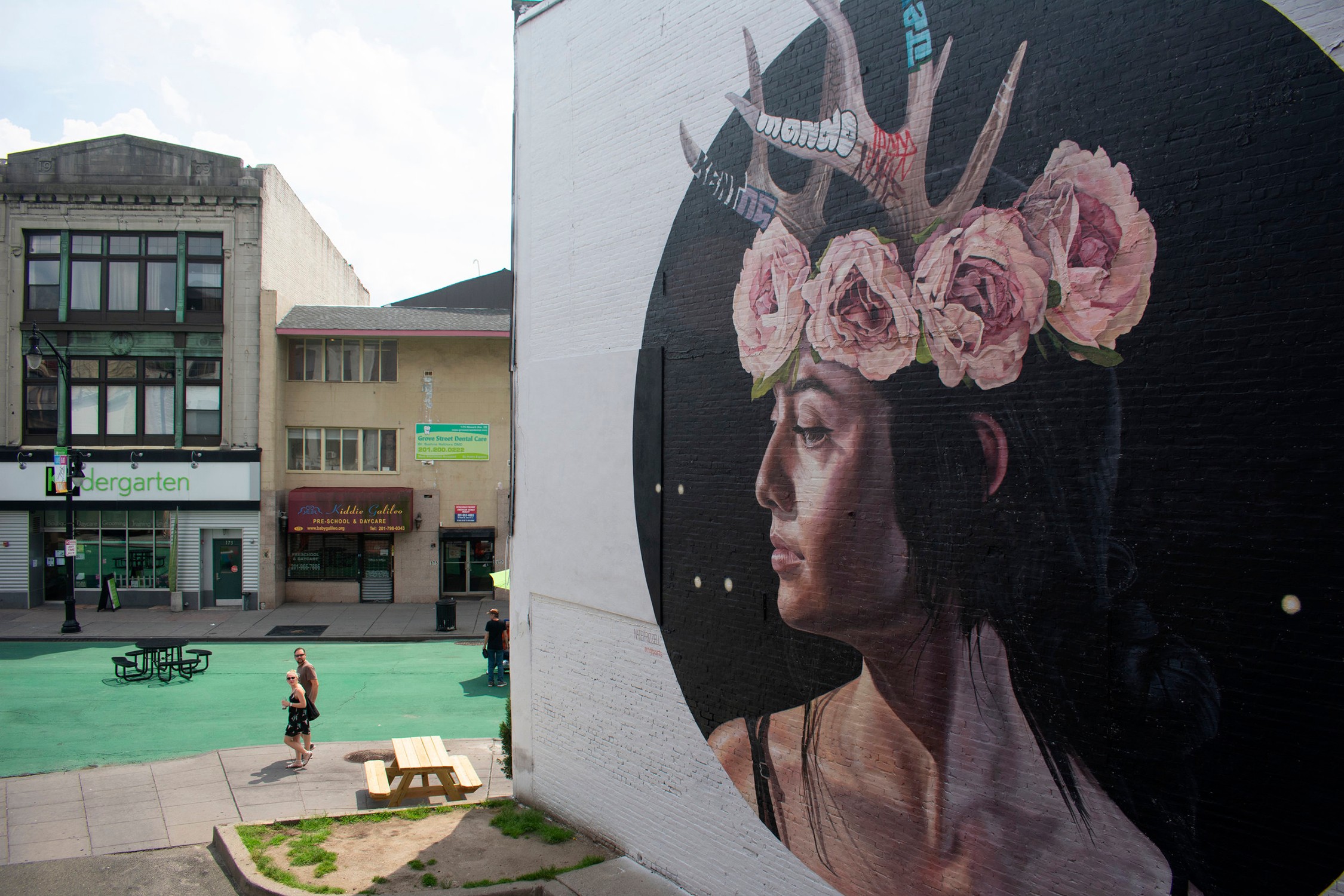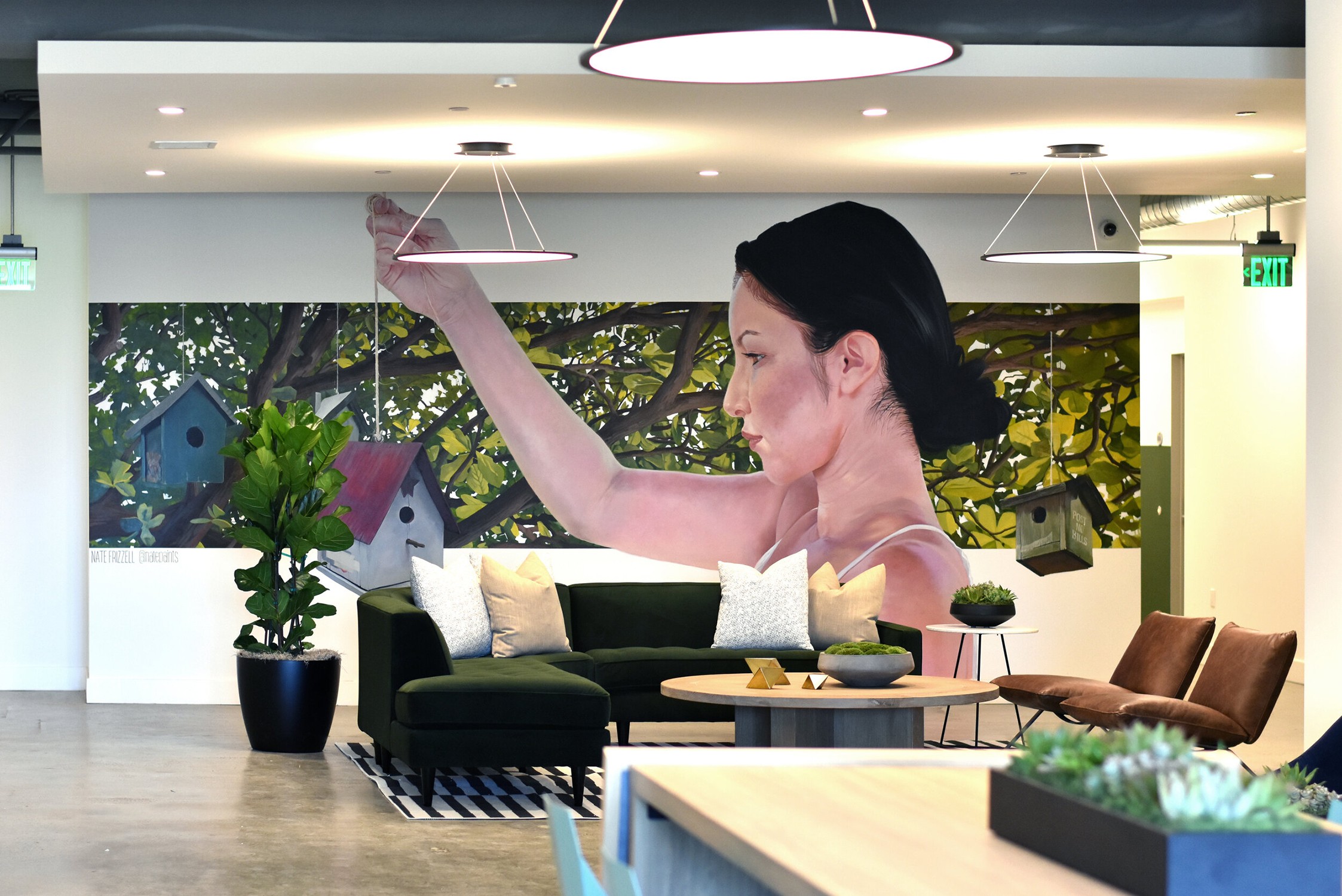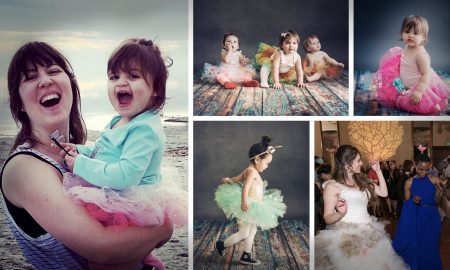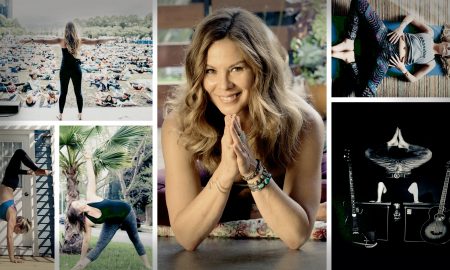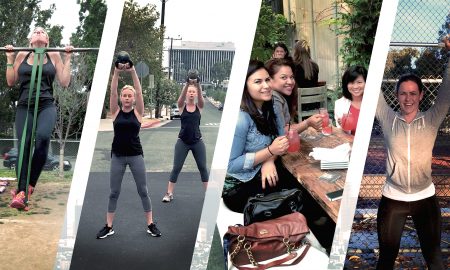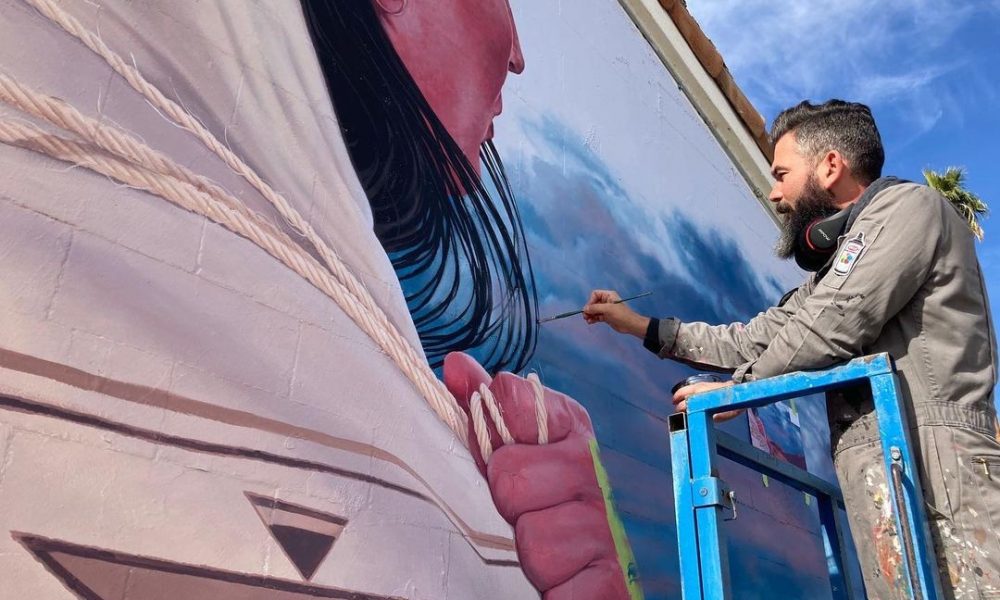

Today we’d like to introduce you to Nate Frizzell.
Hi Nate, we’re thrilled to have a chance to learn your story today. So, before we get into specifics, maybe you can briefly walk us through how you got to where you are today?
I never took art too seriously when I was younger but drawing was something I was decent at and I enjoyed it. So, when it was time to figure out what to do after high school, art school seemed like a good place to go. I didn’t have a very good idea of what I wanted to do with it and I didn’t have any money, but I was able to get grants and loans and was accepted to what seemed like a good school in LA. My main focus was just to learn how to paint, so I chose illustration as a major since it was the only area that taught technical drawing skills. Unfortunately, by that time, illustration wasn’t a very viable career option and we were taught to focus more on design and graphic arts if we wanted to make any money after graduating. I did learn some basic skills and took every chance I could to sit in on classes whenever there was a live model, but it definitely wasn’t the education I was hoping for.
After college, I got a job as a graphic designer for a clothing company. It was an easy gig and I rose up in the company pretty quickly, but it was a terrible place to work and I felt sick every day. The design office was in the middle of the building with no windows. Chatting was discouraged and we weren’t allowed to listen to our own music, so we just had to listen to whatever songs fit on the Lead Designer’s burned cd on a loop all day, every day. For most of the year, I arrived before the sun came up and left the building when the sun was already down. I had a steady job and was making more money than I needed, so it was hard (and frankly embarrassing) to complain, but I was miserable. I felt like a cog in a machine, making someone else rich while I wasted my life.
While working, I would still send out postcards and find time at night to paint for group shows in small “galleries” around the city. I put it in quotes because a lot of them were just pop-up warehouses or places you’d never hear of if your friends or family weren’t in the show. Some were cool little spots that focus on beginner artists and some, I think, were just an excuse to throw a party, but it felt good to have art hanging on walls for people to enjoy (or not) and it made me feel like I was actually doing something with purpose. It really wasn’t all that long ago, but at the time, the cost of living was way less than it is today. I figured I could get by if I sold even just one painting a month. So, one day, after a particularly bad work week, I just quit. I’d rather be broke and feel like I’m doing something meaningful with my life than be wealthy and waste it.
The world wasn’t as connected as it is today, so it took a lot more leg work to get my foot in the door at different galleries. I kept showing up and building relationships with artists and gallerists and submitting small paintings for group shows wherever I could. Eventually, I peaked the interest of a smaller up and coming gallery. The owner liked my work and I liked his outlook on the art world. I had work in smaller shows around town, but I had a main gallery now and as they grew, so did I.
Over the years, I learned as I went and tried different materials and techniques along the way. Each show felt like a big leap forward from the last. I was selling out almost everything that was hung on the walls and I was traveling and sending paintings all over the world. But even though I was incredibly grateful, the more I spent time in the art scene, the more I disliked it, and selling work in galleries started to feel like just another meaningless job.
Around that time, my friend and previous gallerist had shifted from selling work indoors to making space for art outdoors. He was consulting on huge public art projects and putting together mural festivals here and abroad. He had one coming up in the Philippines and asked if I would be interested in creating small paintings around Manila. My first response was, “No. I have a hard enough time filling a canvas. How am I going to fill a wall?” But he wouldn’t take no for an answer and I was on my way.
My first murals were very small and rough. Per usual, I felt like I didn’t know what I was doing and I just wanted to be quick and get something on the wall. But even with that, seeing how it transformed a space and seeing the joy it brought people when they happened to walk by, I knew I had a new direction. I’ll still show in galleries when I have the chance, but from then on, it’s been the main focus of my art career.
Alright, so let’s dig a little deeper into the story – has it been an easy path overall and if not, what were the challenges you’ve had to overcome?
It definitely hasn’t been a smooth ride. I learned to love ramen. Seriously. I’m a ramen master chef at this point. Sometimes I was hungry, sometimes I was sleeping on friend’s couches because I couldn’t afford rent. Even though it may have looked like I was a success on paper because I had a sold-out show at the end of the year, it took me the whole year to create it, making almost no money along the way, and the gallery got half of that. Then I had to make that last until the next one. And the better I did, the cost of living just got even higher. I have a great career now, and I’m very comfortable, but it took over a decade of building and struggling.
As you know, we’re big fans of you and your work. For our readers who might not be as familiar what can you tell them about what you do?
I spent most of my career creating paintings and drawings to show in galleries, but in the past few years, my focus has shifted to public art; mostly murals at this point, but I’ve really gotten into sculpture lately and I’m trying to find projects for that as well. I started out with small, roughly painted murals, but each project seems to get larger and more intricate than the last. Now, I treat walls like a giant canvas and I try to paint with the same level of quality I would for any gallery piece. I end up taking way too much time on the details and using brushes that are absurdly small for the job. Loosening up a bit is something I’m trying to work on, but I do think the extra time and attention set the paintings apart from others. I also take a good amount of time coming up with concepts that I feel fit in each space. I want each mural to feel like it belongs there and speaks to the surrounding area. I don’t like to over explain art. I think it’s subjective and should be interpreted however the viewer sees fit, so I don’t usually go into too much detail about each mural, but there is meaning behind everything I paint. I think that makes a difference as well.
If you had to, what characteristic of yours would you give the most credit to?
I don’t know if it’s necessarily a good quality, but I think the overwhelming pressure I put on myself to be better is what’s kept me driving forward. I’m never completely satisfied with my work and the rare moments when I do feel a bit of pride are very short-lived. But while I feel like that pushes me to get better technically, it doesn’t do me any favors as a salesman. I would argue that people buy the artist over the art and me not being a huge fan of me was never a good trait in the gallery world. What I love about public art is that even if I’m not completely happy with a mural, I still get to see the pride and joy it brings people who pass by and that always gives me a feeling of success.
Contact Info:
- Website: natefrizzell.com
- Instagram: instagram.com/natepaints


